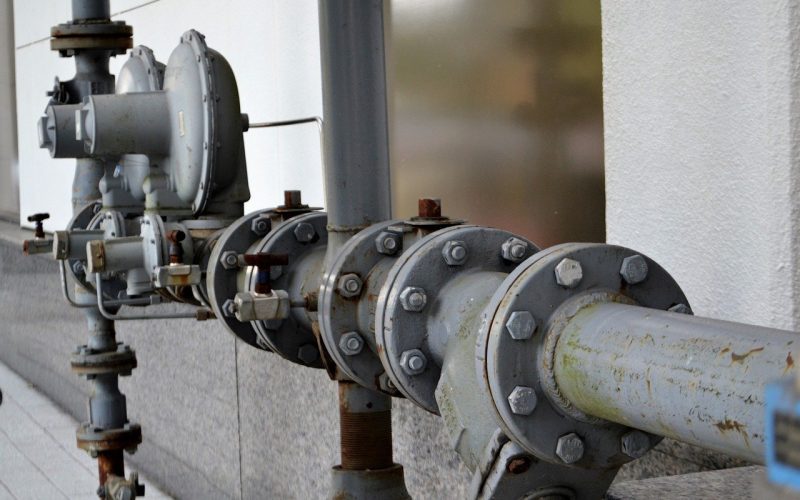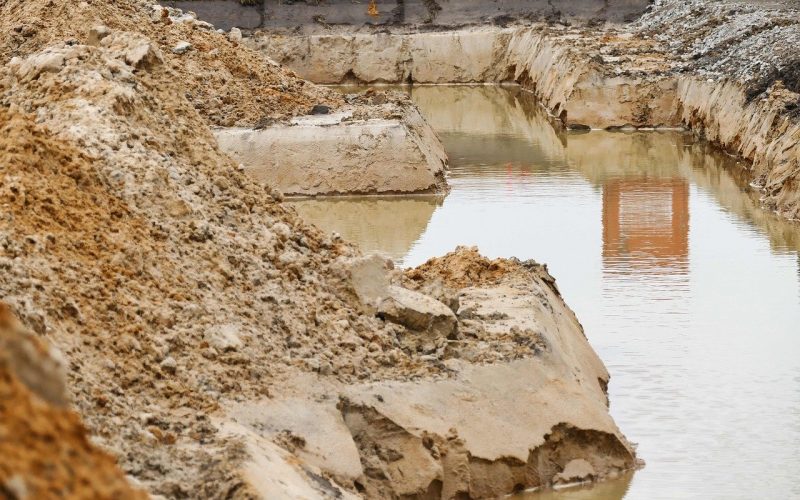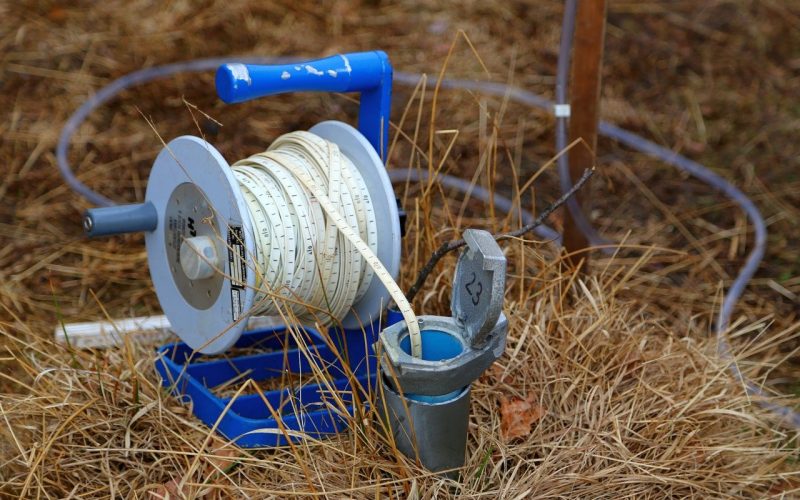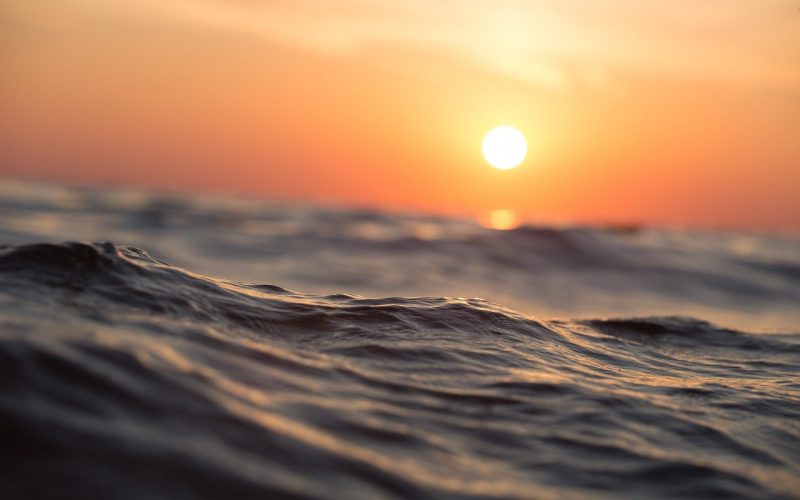Groundwater is a valuable natural resource that roughly equals 30 million cubic kilometers. While it’s a renewable resource, the demands of modern life are causing the aquifers to reduce their availability. This can happen in two different ways: volume reduction and contamination.
The over-extraction of groundwater can cause the depletion of the aquifer before it’s naturally restored by rainfall and absorption. This can cause a shortage in the water supply of a few families or entire towns.
While some aquifers maintain their water volume, it can be affected by other factors. Contamination is a major issue as it’s hard to control and predict. Aquifers are formed by wayward rock formations and pathways.
An aquifer can be contaminated for...





